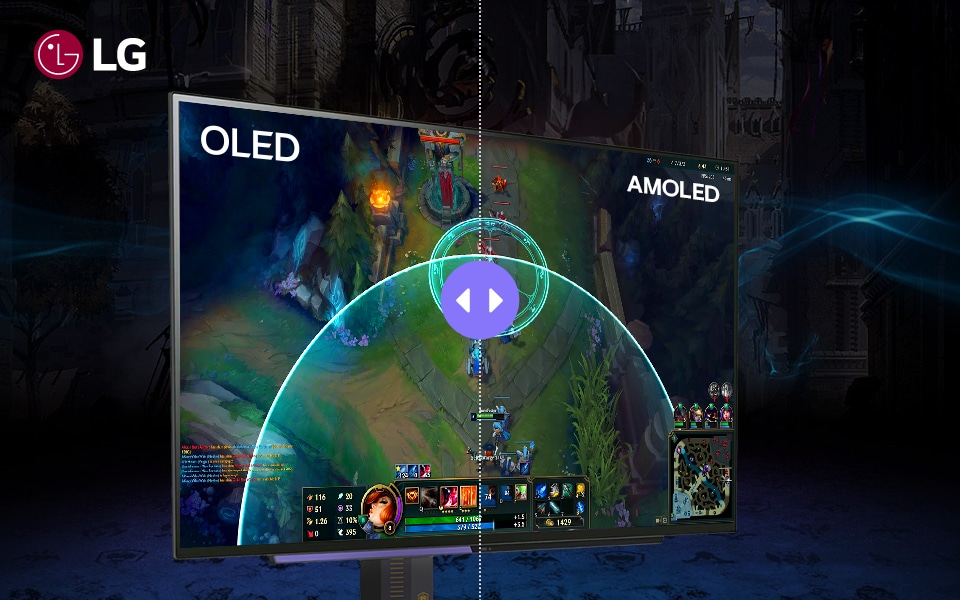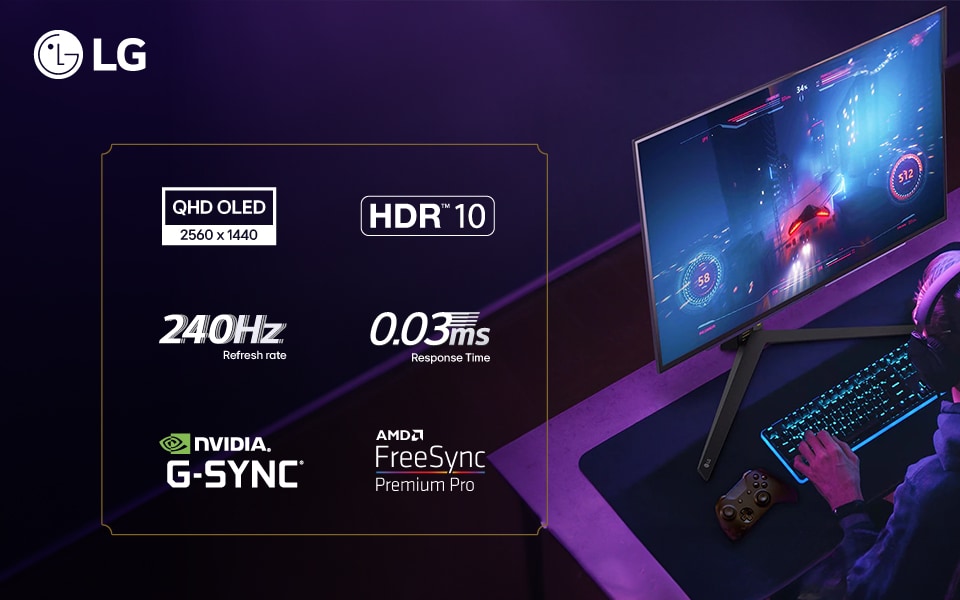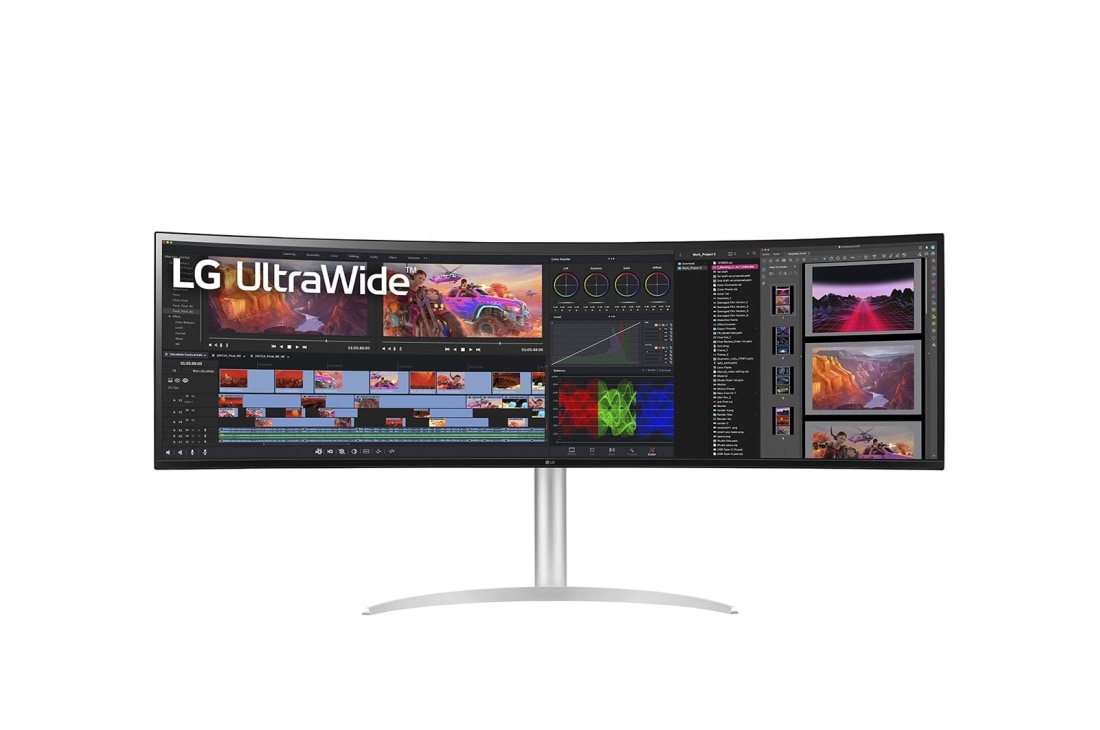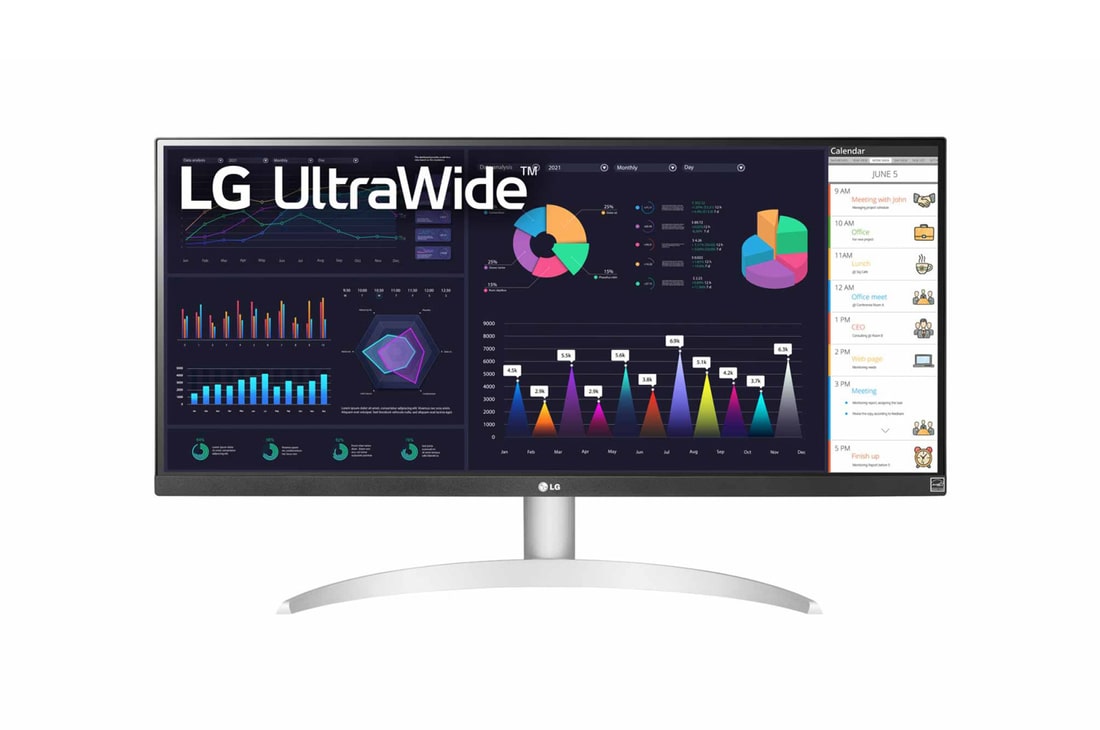We use cookies, including cookies from third parties, to enhance your user experience and the effectiveness of our marketing activities. These cookies are performance, analytics and advertising cookies, please see our Privacy and Cookie policy for further information. If you agree to all of our cookies select “Accept all” or select “Cookie Settings” to see which cookies we use and choose which ones you would like to accept.
Which is Better? OLED vs AMOLED
8th May, 2024

As technology advances, so does the quality of the displays we use in our devices. Two of the leading display technologies today are OLED (Organic Light-Emitting Diode) and AMOLED (Active-Matrix Organic Light-Emitting Diode). These technologies are commonly found in smartphones, TVs, and various other electronic devices.
This article delves into the specifics of OLED and AMOLED technologies, comparing their advantages and disadvantages to help you decide which might be the better option for your needs.

What is OLED?
The acronym 'OLED' stands for Organic Light-Emitting Diode, a technology that uses LEDs where the light is produced by organic molecules. These organic LEDs are considered to be among the best display panels available today.
How OLED Works
OLED materials are used to fabricate thin films, often within an inert environment such as a glove box, and these films are placed between two conductors. When an electrical current is applied, a bright light is emitted. This simple design brings several advantages over other display technologies.
OLEDs enable emissive displays, meaning each pixel is controlled individually and emits its own light. This results in displays with bright colors, fast motion, and very high contrast.
Applications of OLED
This technology is used to manufacture mobile devices, some of the world's top OLED monitors, TV panels, and mobile.
What is AMOLED?
AMOLED stands for "active-matrix organic light-emitting diodes." It is special for the inclusion of thin strips of thin-film transistors (TFT) behind each pixel in AMOLED displays. These transistors help electricity move more quickly across the display, allowing each pixel to be activated faster.
Advantages of AMOLED
AMOLED displays typically have faster refresh rates than other display types, making graphics smoother and more lifelike, particularly for gaming and watching movies. They also offer great viewing angles due to the TFT, enhancing the overall visibility of the image from various angles.
What is Super AMOLED?
Super AMOLED is an advanced version of AMOLED with an integrated touchscreen function. Unlike standard AMOLED displays, where the touch-sensitive layer is placed on top, Super AMOLED integrates this layer into the screen itself, improving visibility in direct sunlight.

What's Better: AMOLED vs. OLED?
Both AMOLED and OLED displays use the same underlying technology but differ in certain aspects that may influence your decision based on specific needs.
Amoled VS Oled Display
Durability
An important difference between AMOLED and OLED is that OLED displays generally last longer than AMOLED displays. AMOLED's faster energy transfer can wear down the hardware more quickly.
Energy Efficiency
OLED displays tend to be more energy-efficient compared to AMOLED displays, which can consume more power, especially during high-performance tasks like gaming.
Cost
AMOLED displays are generally more expensive.
Picture Quality
AMOLED offers sharper picture quality due to better energy architecture within the monitor. This results in smoother graphics and better viewing angles.
Conclusion
Both OLED and AMOLED technologies offer many advantages in display quality, with OLED known for its superior contrast and true blacks and AMOLED offering faster refresh rates and better viewing angles. The choice between the two depends on specific needs, such as device usage, cost considerations, and environmental conditions like direct sunlight exposure. Understanding the nuances of each technology can help you make an informed decision for your next device purchase.
Life's Good, LG!








